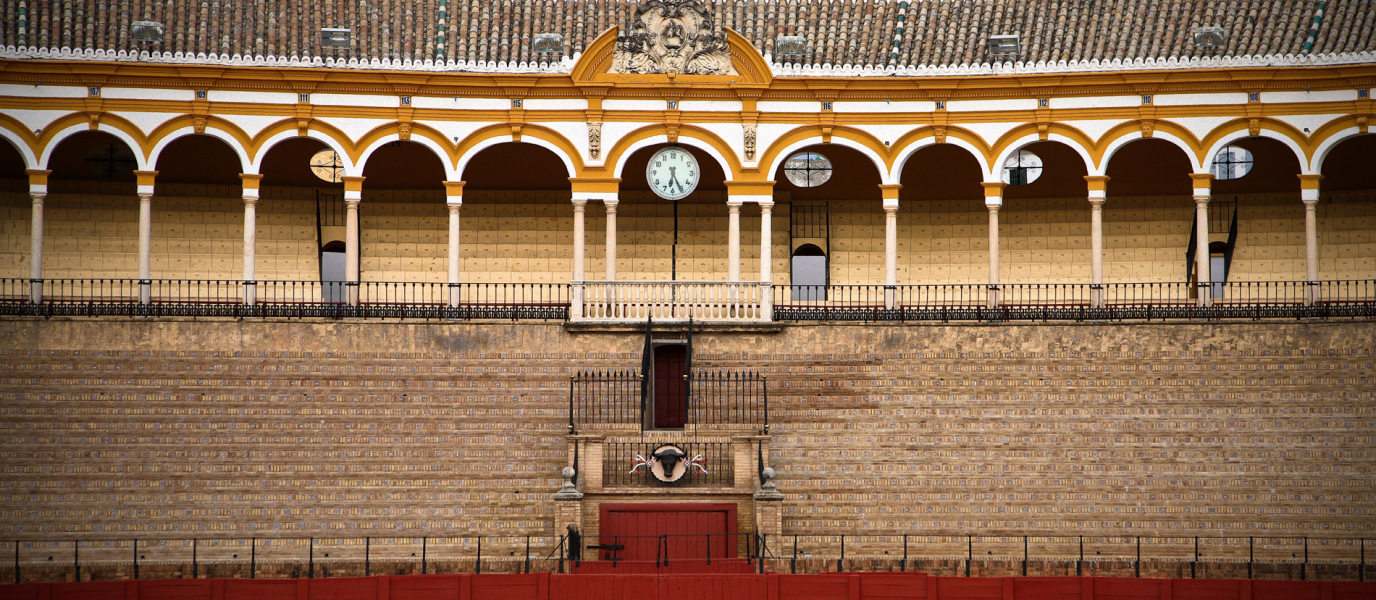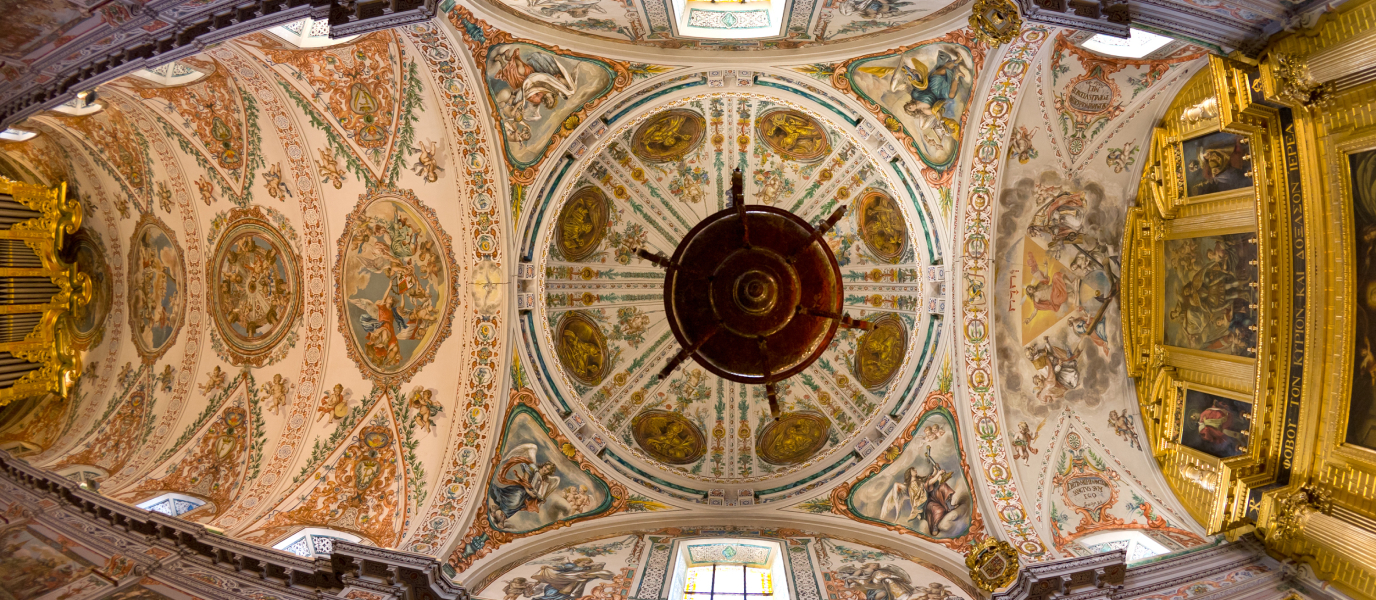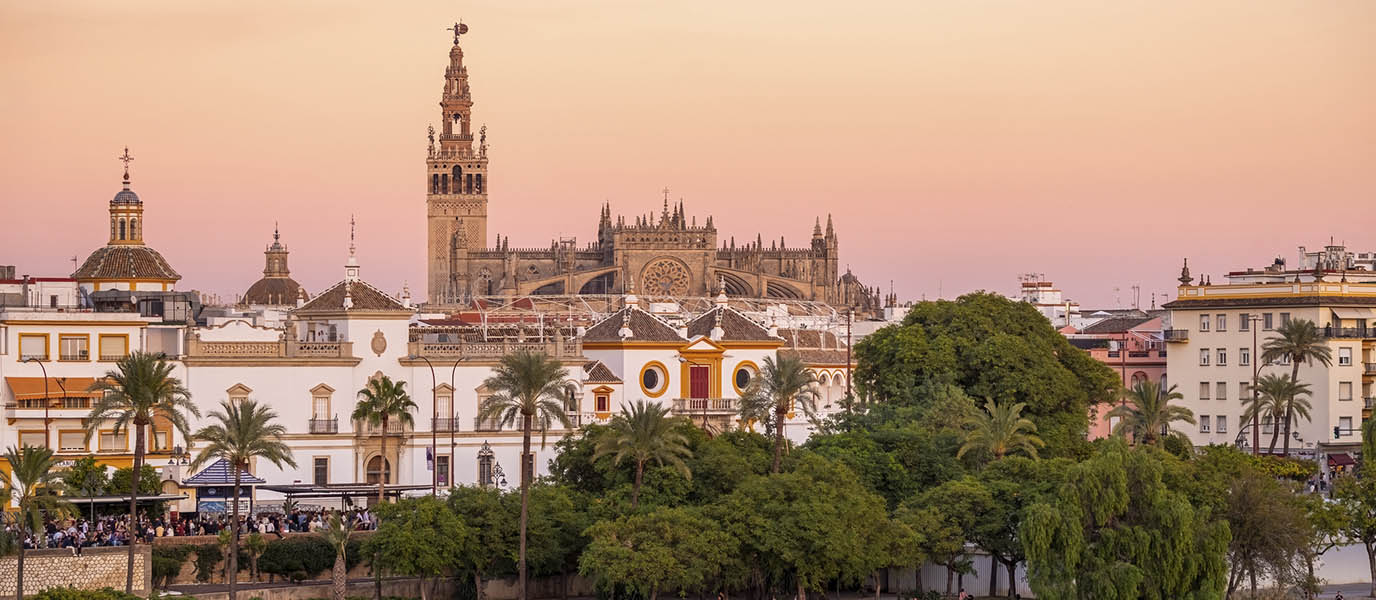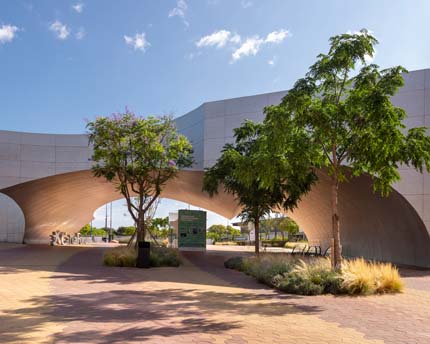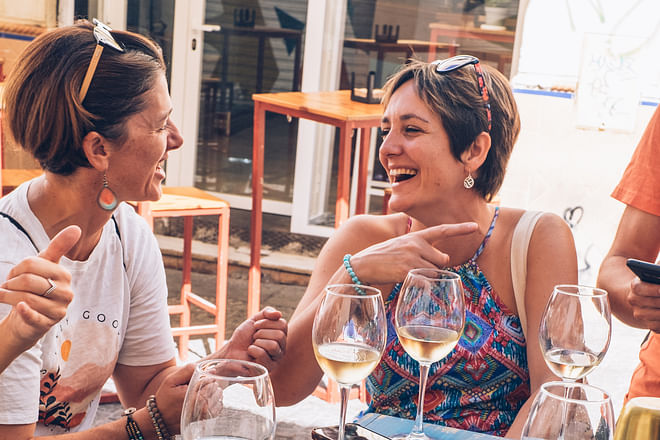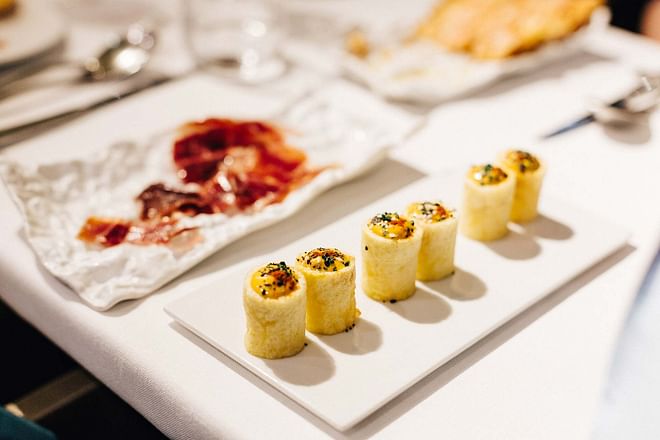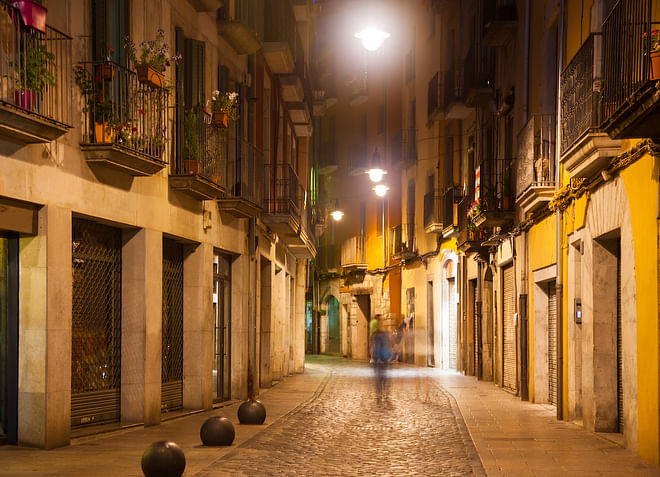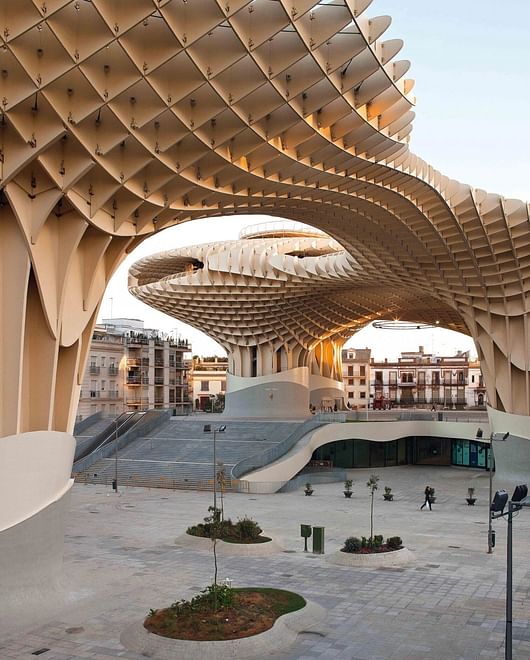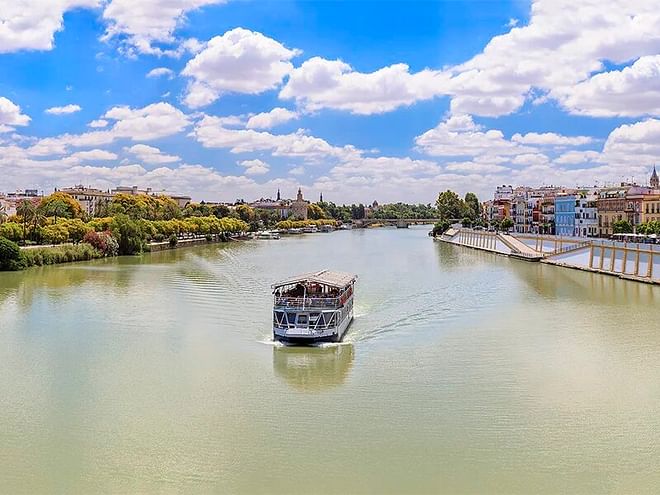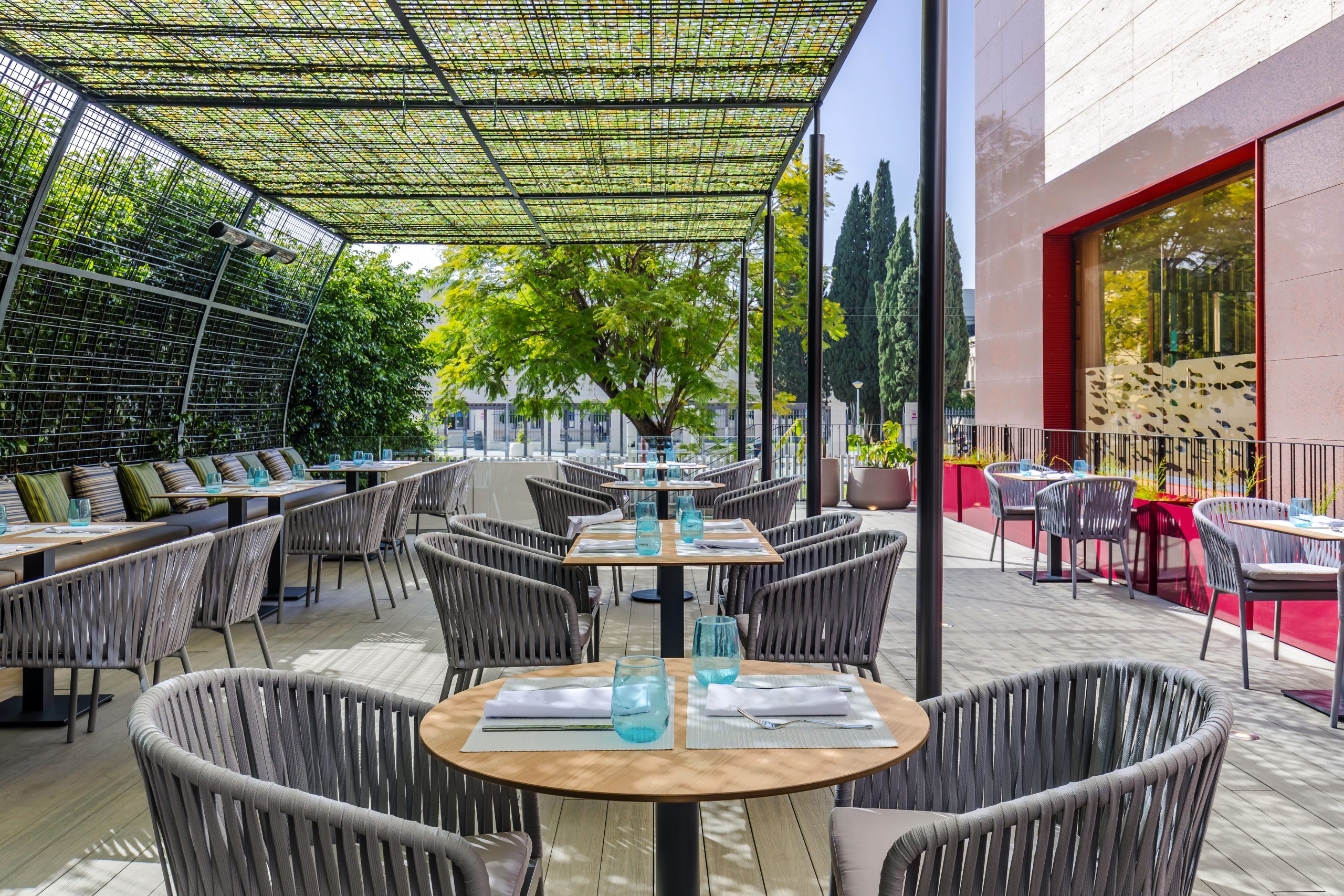The one-of-a-kind Maestranza bullring, stands proud with its white façade on Baratillo Hill near the Guadalquivir River. Built over the course of more than 120 years in the historic El Arenal neighbourhood, it has served as the stage for some of the greatest bullfighters, including Antonio Ordóñez, Manolete and José Tomás. According to tradition, a bullfighter must first triumph at the Maestranza in order to reach an acclaimed status. Owned by the Real Maestranza de Caballería de Sevilla (Royal Cavalry Armoury of Seville)—a noble guild dating back hundreds of years—it is also one of the most beautiful bullrings in the world, as confirmed by its classification as a Cultural Heritage Site. In fact, it has no shortage of admirers. The architect Rafael Moneo, enchanted by the structure’s immortal shapes, made the following statement at the bullfighting proclamation he had been invited to: ‘If the Giralda unites cultures, the Maestranza reminds us that there is always a place for the brave and that our destiny is unwritten’. Let’s step into the ring, which as they say, transports anyone who sets foot on it to an open field.
The history of its construction
As we mentioned earlier, the bullring is intrinsically connected to the Real Maestranza de Caballería de Sevilla, one of the many noble guilds that, at the start of the eighteenth century, was created under the Royal Crown to provide training in the use of arms and war horsemanship.
During the years that King Philip V relocated his court to Seville (1729-1733), the guild obtained permission to hold bullfights, leading to the construction of a new bullring to replace the existing one, which was rectangular and in poor condition. Countless contingencies arose over the course of the 120 years when it was being built, most notably Charles III’s prohibition of bullfighting celebrations during his reign.
Today, viewing the Maestranza from above reveals one of its biggest secrets: its elliptical and irregular shape, in contrast to the standard circular form. This is one of the consequences of its drawn-out construction, along with its peculiar architectural style, divided between late Baroque and Classicism. Another interesting feature is that apart from the main façade, the bullring is completely flanked by other buildings, forming an almost triangular block bursting with charm and personality.
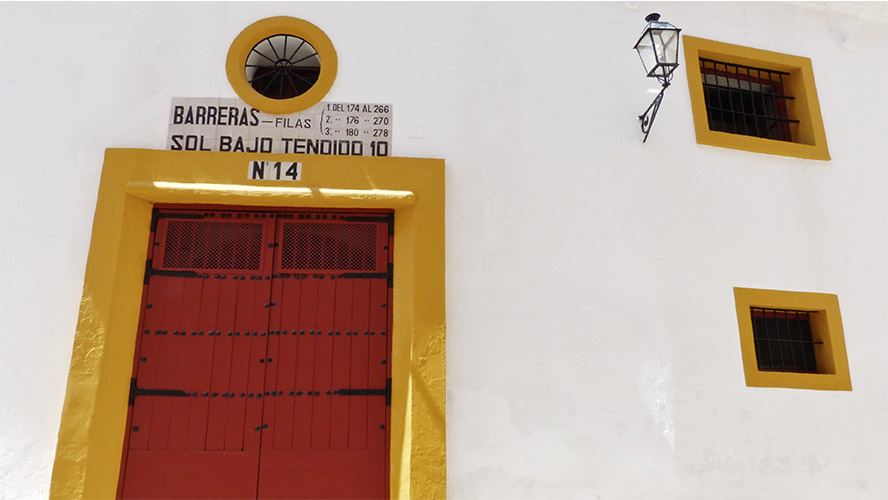
However, the great protagonist is the main entrance, also known as the ‘Prince’s Gate’ since it leads to the box built for the Maestranza’s first big brother in 1765: the Infante de España, Felipe de Borbón. This postcard-worthy entrance features two turrets, painted white and lined in albero yellow, embellished with plant motifs and what appear to be crowns. This is the most popular landmark for novice bullfighters who dream of one day triumphantly emerging from the ring on the shoulders of a comrade.
Two ways of visiting the bullring
Traditionally, the Maestranza Royal Bullring begins its season on Resurrection Sunday, coinciding with the start of the Feria de Abril (Seville Fair), and ends in September. This means that anyone interested in attending a bullfight should schedule their visit to Seville with a calendar in hand. Ticket prices usually range from €52, for seats in the sun, to €250 for the best spots.
The venue is also open to visitors year-round, taking them on a journey to the heart of the bullfighting world. General admission is €8 and includes a tour of the seating area and the empty bullring, along with access to the Bullfighting Museum. The museum, which opened its doors in 2008 with a ceremony attended by the king and queen of Spain, consists of a series of indoor galleries where prints, paintings and objects linked to the bullfighting world are displayed.
The Paintings Room houses a collection of oil paintings from the eighteenth, nineteenth and twentieth centuries, all centred around the bullfighting theme in the form of country landscapes, scenes from bullrings and portraits of famous bullfighters.
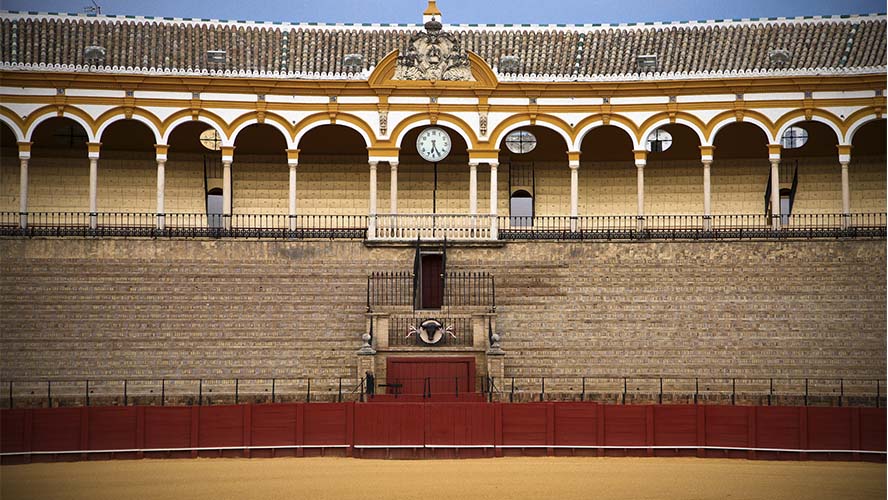
The Prints Room contains a valuable repertoire of drawings, lithographs and prints, including a piece dating back to 1578, called ‘Corrida caballeresca’ and the first record of bullfighting to be found. The twelve ‘Tauromaquia’ prints made by Francisco Goya in 1876 during his stay in Paris also stand out.
However, for many people, the highlight is the last part of the tour: the Bullfighters’ Chapel. This silent space is presided by an altarpiece featuring a small image of the Virgen de Los Dolores in the middle, and it is the last place where bullfighters go before entering the ring.
Lights, camera, action at the Maestranza
The Maestranza’s magnificent presence on the banks of the Guadalquivir River has made an impression on numerous playwrights and film makers over the years. As with many of the city’s symbols, the same occurs with the bullring. Without ever visiting them in person, one has the sensation of having been there, and in reality, we already have, accompanied by Figaro in The Barber of Seville, or through Georges Bizet’s Carmen and Lorenzo da Ponte’s Don Giovanni.
Many foreign and Spanish films have also been shot in the bullring’s romantic shaded areas. The first was El patio de los naranjos, in 1926, and the most recent was Night and Day, featuring Tom Cruise and Cameron Díaz (the area outside the bullring was used to shoot a scene of the San Fermín running of the bulls). In between these two films, there have been many other productions, including Sangre y arena by Rouben Mamoulian; Pan, amor y Andalucía by Javier Setó in 1958; Ese oscuro objeto de deseo by Luis Buñuel; and The Orange Girl, a Norwegian production from 2008.




































































